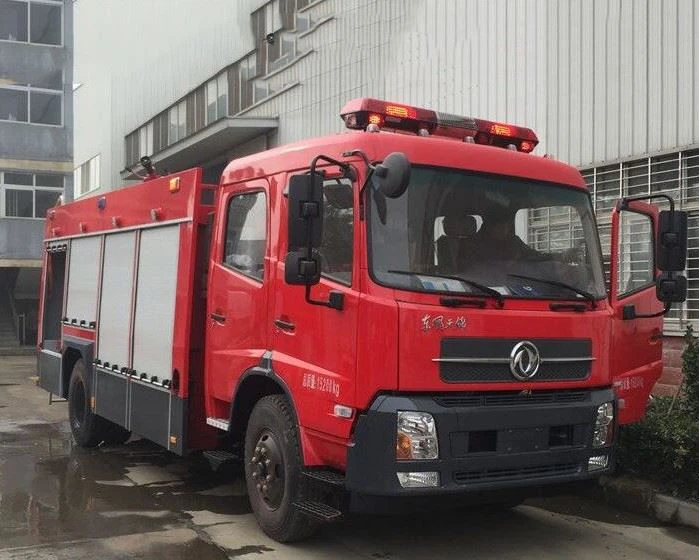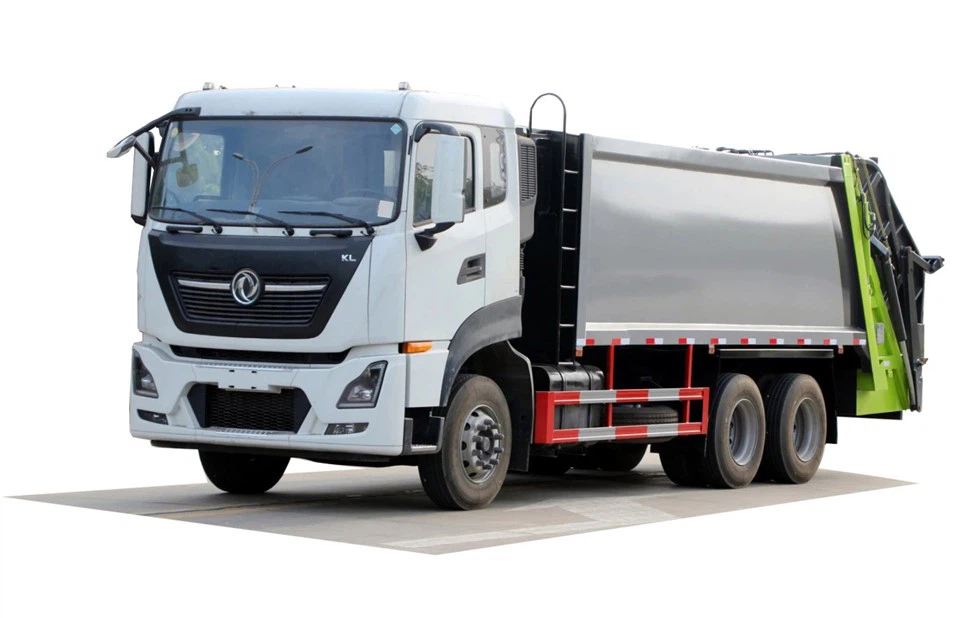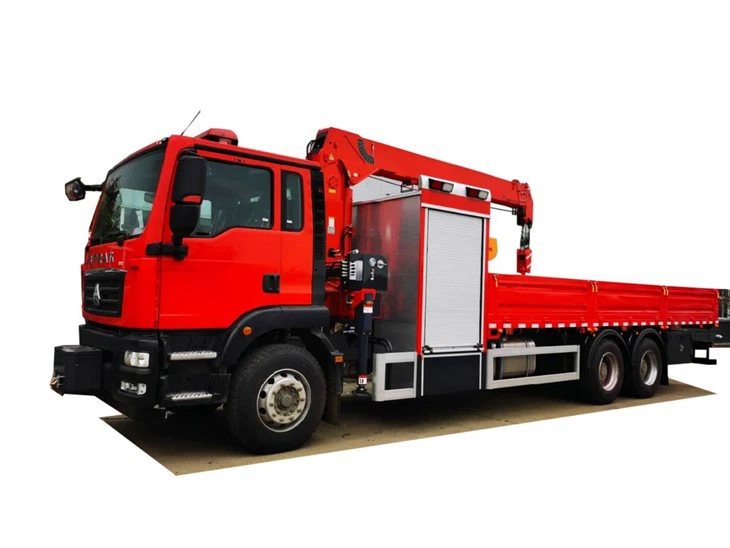Essential Fire Tools and Equipment: A Comprehensive Guide

Fire safety is a critical aspect of both home and business environments. Understanding the various fire tools and equipment available will not only help you stay prepared but also ensure that you can respond effectively during an emergency. This comprehensive guide will delve into the essential fire tools and equipment you need, practical tips for use, and whom to contact in case of emergencies.
What Are Fire Tools and Equipment?
Fire tools and equipment encompass a wide range of items designed to prevent, detect, and combat fire. This includes everything from fire extinguishers and smoke detectors to safety gear and fire blankets. Each item plays a significant role in fire safety, making it crucial to understand their purpose and use.
Common Types of Fire Tools and Equipment
1. Fire Extinguishers
Fire extinguishers are essential for combating small fires before they escalate. They come in various types, each suited for different kinds of fires.
Types of Fire Extinguishers
| Type | Fire Class | Typical Uses |
|---|---|---|
| A | Ordinary combustibles (wood, paper) | Home and office |
| B | Flammable liquids (gasoline, oil) | Workshops, garages |
| C | Electrical fires | Electrical rooms, data centers |
| D | Combustible metals (magnesium, titanium) | Industrial settings |
| K | Cooking oils and fats | Restaurants, kitchens |
2. Smoke Detectors
Smoke detectors are critical for early fire detection. They alert occupants to smoke, providing valuable time to evacuate safely.
Types of Smoke Detectors
- Ionization Smoke Detectors: Faster at detecting flaming fires.
- Photoelectric Smoke Detectors: More responsive to smoldering fires.
- Combination Detectors: Offer benefits of both types for comprehensive protection.
3. Fire Blankets
Fire blankets are used to smother small fires or wrap around a person whose clothes are on fire. They are typically made from glass fiber or other flame-resistant materials.
4. Fire Hose and Nozzles
Fire hoses are used for delivering water to extinguish fires. They are most commonly employed by fire departments but can also be useful in certain residential settings. Nozzles control the flow of water and can create different spray patterns.
5. Personal Protective Equipment (PPE)
When it comes to firefighting, personal protective gear is essential for ensuring the safety of those combating fires. This equipment includes helmets, gloves, boots, and flame-resistant clothing.
Gear Overview
- Firefighting Helmets: Protect against heat and falling objects.
- Gloves: Provide grip and protection from flames.
- Boots: Offer support and protection against sharp objects.
Choosing the Right Fire Equipment

Assessing Your Needs
Selecting the right fire tools and equipment starts with assessing your environment and understanding your specific needs. Here are a few questions to consider:
- What types of fires are most likely in your area?
- How many people occupy the space?
- What is the layout of your home or business?
Placement and Accessibility
Having fire tools is only beneficial if they are easily accessible. Ensure that fire extinguishers are placed at strategic locations, and smoke detectors are installed in each room.
Maintenance and Inspection
Regular maintenance and inspections of fire tools and equipment are crucial to ensure their functional effectiveness. Here’s how to stay on top of this:
- Check smoke detector batteries every six months.
- Inspect fire extinguishers annually for pressure and condition.
- Replace fire blankets and PPE based on manufacturer recommendations.
Fire Safety Tips for Home and Business
Creating a Fire Safety Plan
Having a fire safety plan can significantly reduce the risk of injury and property damage. Here are steps to create a solid plan:
- Identify exits and escape routes.
- Establish a meeting point outside the property.
- Conduct regular fire drills to ensure familiarity with the plan.
Training and Education
Training individuals in your home or business on how to use fire tools is essential. Consider the following:
- Attend fire safety workshops.
- Practice using a fire extinguisher with training aids.
- Educate family members or employees on fire prevention techniques.
Staying Informed
Stay updated on fire safety regulations and best practices. Resources include local fire departments, safety organizations, and online platforms dedicated to fire safety education.
Fire Tools for Specific Situations
Residential Fire Safety Tools
In a residential setting, the focus is primarily on prevention and detection. Essential tools include:
- Fire extinguishers in key areas such as the kitchen and garage.
- Smoke detectors on every floor and outside sleeping areas.
- Fire blankets in the kitchen to combat grease fires.
Commercial Fire Safety Tools
In commercial settings, fire safety tools must address larger spaces and higher risks:
- Multiple fire extinguishers according to local codes.
- Fire alarms integrated with sprinkler systems.
- Regular fire safety training for all employees.
When to Call for Help
Recognizing Fire Emergencies
Understanding when a situation requires professional help is crucial. Signs to look for include:
- Flashovers or intense flames.
- Smoke spreading rapidly in the area.
- Uncontrollable spread of the fire despite using a fire extinguisher.
Contacting Emergency Services
Always have a plan for contacting emergency services. Information to have ready includes:
- Your exact location.
- Details about what is burning.
- The presence of any hazardous materials.
FAQs about Fire Tools and Equipment
1. How often should I replace my smoke detectors?
It’s recommended to replace smoke detectors every 10 years. However, you should test them monthly and replace batteries as needed to ensure they work properly.
2. Where should I place fire extinguishers in my home?
Fire extinguishers should be placed in easily accessible locations such as the kitchen, garage, and near exits. Ensure they are mounted at the recommended height for quick access.
3. What type of fire extinguisher should I use in my kitchen?
A Class K fire extinguisher is the best option for kitchen fires, especially those involving cooking oils and fats. Class B extinguishers may also be effective for handling flammable liquids.
4. How can I maintain my fire safety equipment?
Regular inspections and maintenance are key. Check the expiration dates, test smoke detectors, and inspect fire extinguishers for pressure signs and physical damage.

5. Are there fire safety regulations that I should know about?

Yes, local building codes and fire safety regulations vary by location. It is important to check with your local fire department for specific requirements related to fire tools and equipment.
6. What should I do if my fire extinguisher does not work?
If your fire extinguisher is not functioning, evacuate the area immediately and contact emergency services. Never try to tackle a fire that you cannot control.
